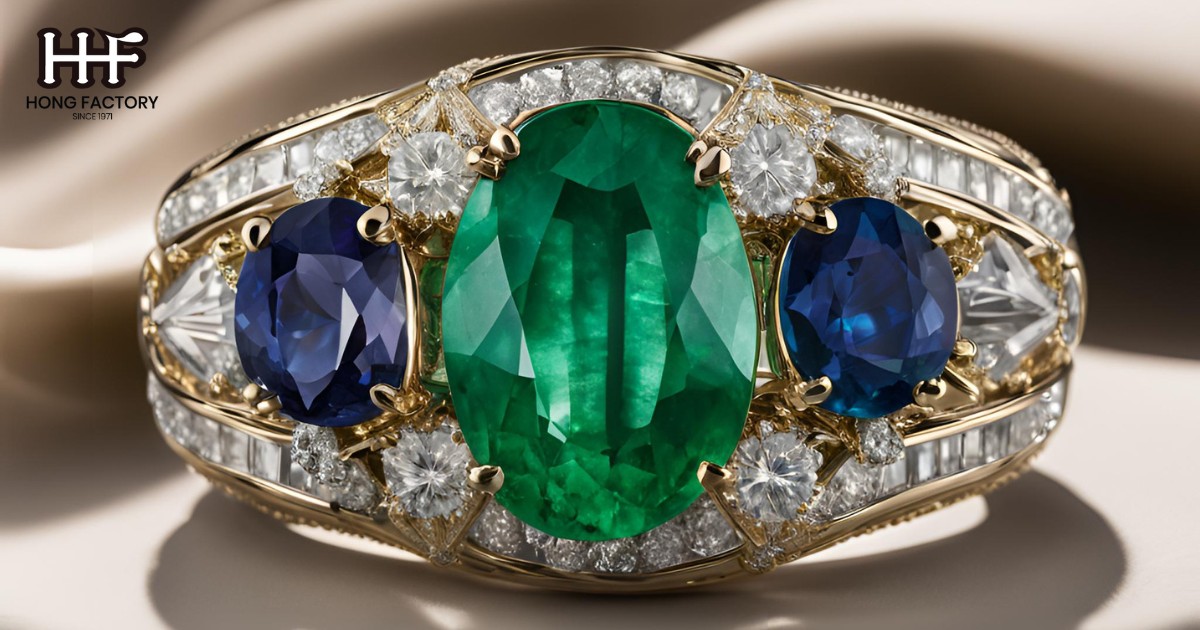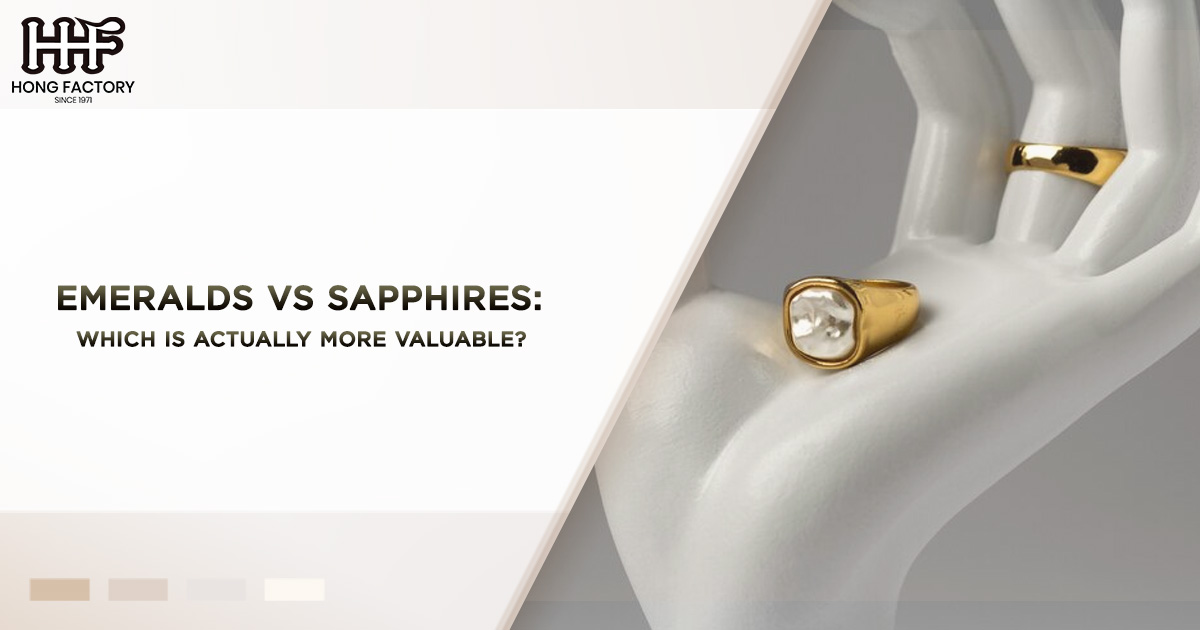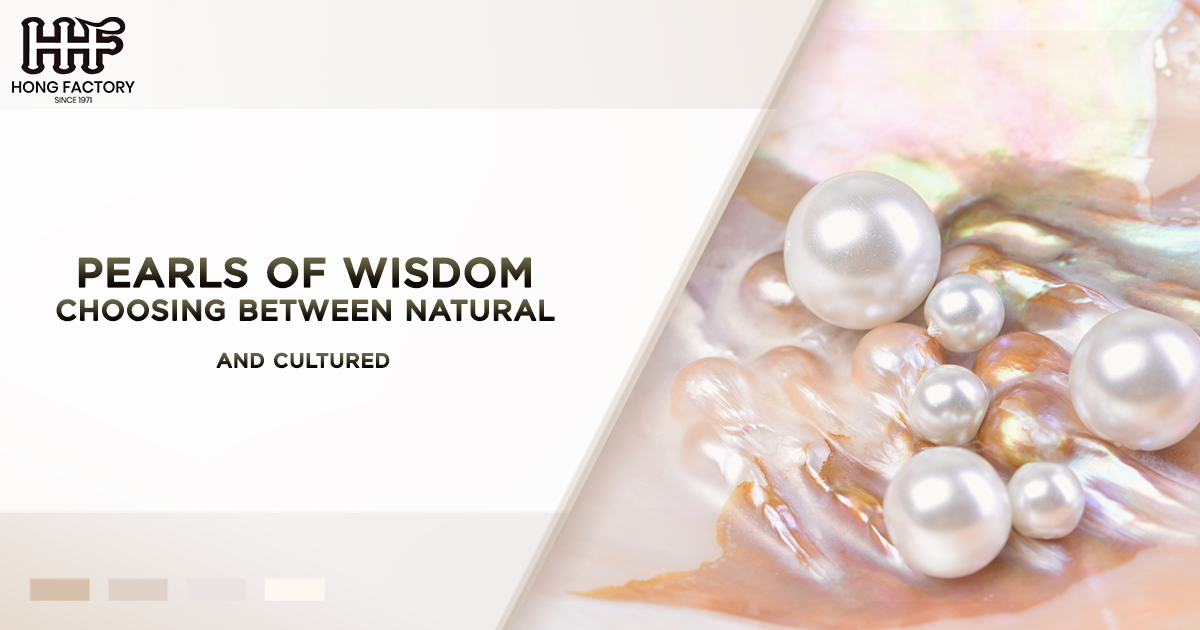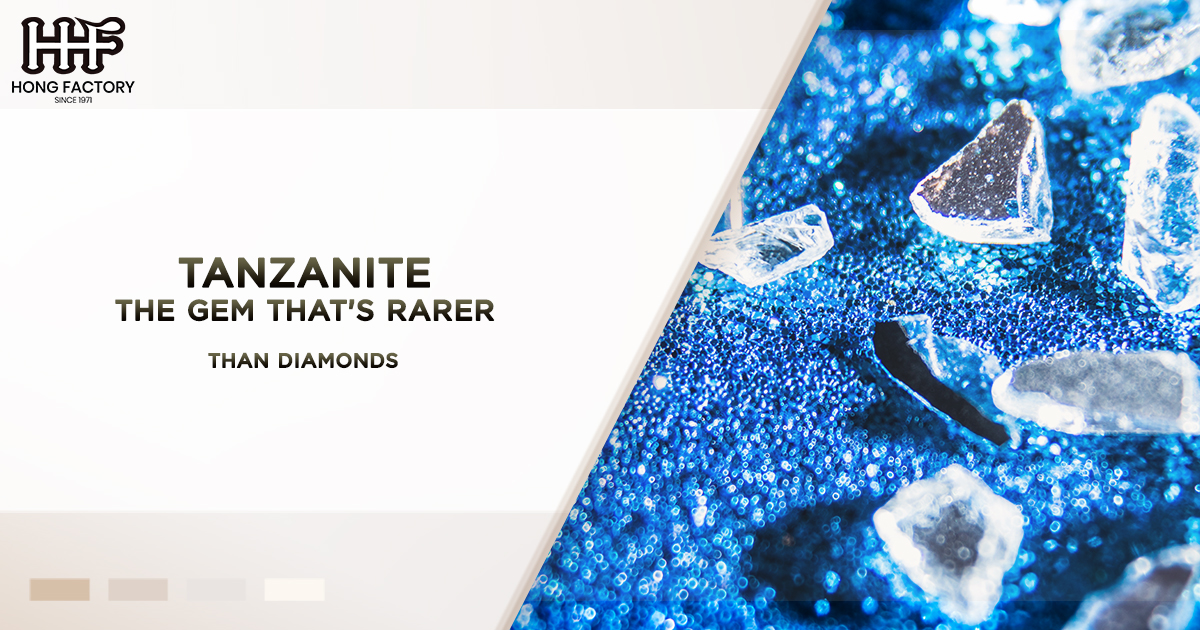Precious stones have long fascinated humanity, symbolizing wealth, status, and timeless beauty. Among the most coveted of these are emeralds and sapphires, two strikingly beautiful colored gems that have graced the crowns of royalty and adorned fine jewelry for centuries. But when it comes to value, a common question arises: Which is actually more valuable? The answer isn’t straightforward and depends on several factors, including rarity, quality, demand, and personal preference. In this gem comparison, we’ll explore the intricate world of emeralds and sapphires, focusing on their characteristics, market dynamics, and investment potential to help you make an informed decision.
Understanding Emeralds – The Green Gem of Enchantment
Characteristics and Appeal
Emeralds, a variety of the mineral beryl, are prized for their lush green hues that evoke images of nature’s vitality. Their color ranges from light green to a deep, vivid green, with the latter being the most desirable. The intensity of an emerald’s color is often its defining feature and plays a significant role in its value. Most emeralds are mined in Colombia, Zambia, and Brazil, with Colombian emeralds especially renowned for their exceptional quality and vibrant color.
However, one unique characteristic of emeralds is their inclusions, often referred to as their “jardin” (French for garden). Unlike other gemstones, flawless emeralds are exceedingly rare; their inclusions are not seen as flaws but as part of their natural beauty and individuality.
Value Factors
Emerald value is influenced by
- Color : The most valuable emeralds have a pure green to bluish-green color, with medium to high saturation. Yellowish or overly dark tones can reduce value.
- Clarity : While inclusions are acceptable, excessive cloudiness can diminish value. Emeralds that are transparent and free of distracting inclusions command premium prices.
- Carat Weight : Larger emeralds, particularly those with excellent color and clarity, are far rarer and more valuable.
- Origin : Colombian emeralds often fetch higher prices due to their reputation and exceptional quality.
Jewelry Investment Potential
Emeralds are a strong contender for jewelry investment. Their rich historical significance and rarity make them desirable among collectors. High-quality emeralds often appreciate in value over time, particularly those with a verified origin (e.g., Colombian emeralds) or exceptional characteristics. However, their delicate nature — they rank 7.5–8 on the Mohs hardness scale — means they require careful handling to avoid chipping or scratching.
Exploring Sapphires – The Royal Blue Gemstone

Characteristics and Appeal
Sapphires, a variety of the mineral corundum, are celebrated for their deep blue hues, although they come in a wide range of colors, including pink, yellow, green, and even the rare and highly prized padparadscha, a pinkish-orange variety. Blue sapphires are the most iconic, with their rich, velvety tones symbolizing loyalty, wisdom, and nobility. The most renowned sources of sapphires include Sri Lanka, Myanmar (Burma), and Kashmir, with Kashmir sapphires being particularly valuable due to their rarity and exceptional quality.
Sapphires are known for their durability, ranking 9 on the Mohs hardness scale, making them an excellent choice for everyday wear in jewelry.
Value Factors
Sapphire value is determined by
- Color : In blue sapphires, the finest specimens exhibit a vibrant, medium to deep blue with strong saturation. Overly dark or pale stones are less valuable.
- Clarity : While inclusions are common in sapphires, those that are eye-clean (free of visible inclusions to the naked eye) are more desirable.
- Carat Weight : Large, high-quality sapphires are rare, and their value increases exponentially with size.
- Origin : Burmese and Kashmir sapphires command the highest prices due to their legendary quality. Sri Lankan sapphires are also highly regarded.
Jewelry Investment Potential
Sapphires are an excellent choice for jewelry investment due to their durability and timeless appeal. Blue sapphires, in particular, have a strong historical and cultural association with royalty, adding to their allure. Like emeralds, high-quality sapphires often appreciate in value, especially those with prestigious origins or unique characteristics, such as padparadscha sapphires.
Emeralds vs. Sapphires – A Head-to-Head Gem Comparison
Let’s break down the key factors that influence the value of these precious stones to determine how they compare.
1. Rarity
Emeralds and sapphires are both rare, but their rarity manifests differently. Flawless emeralds are almost nonexistent, and their vivid green color is difficult to replicate in nature. High-quality sapphires, particularly Kashmir sapphires and padparadscha varieties, are also exceedingly rare. Ultimately, both gemstones are rare in their finest forms, making them valuable in their own right.
2. Color
Color is the most critical factor for both gems. Emeralds are prized for their vibrant green, while sapphires are renowned for their deep blue (or other colors in the case of fancy sapphires). Personal preference often plays a significant role in determining which is more appealing.
3. Durability
Sapphires are more durable than emeralds, ranking 9 on the Mohs scale compared to 7.5–8 for emeralds. This makes sapphires better suited for everyday wear, particularly in engagement rings or jewelry that endures frequent use.
4. Clarity
Emerald inclusions are considered part of their charm, whereas sapphires with fewer inclusions are more valuable. In terms of clarity, sapphires generally have the edge, as eye-clean specimens are more common than in emeralds.
5. Market Demand
Both emeralds and sapphires enjoy strong demand in the jewelry market, but trends can vary. Blue sapphires often have broader appeal due to their association with royalty (e.g., Princess Diana’s iconic sapphire engagement ring), while emeralds hold a unique niche among collectors and lovers of green gemstones.
6. Investment Value
Both gemstones hold excellent investment potential, particularly high-quality specimens with verified origins. However, emeralds from Colombia and Kashmir sapphires are especially sought after in the investment market due to their rarity and historical significance.
Jewelry Investment Tips – Choosing Between Emeralds and Sapphires
When deciding between emeralds and sapphires for jewelry investment, consider the following tips
- Prioritize Quality Over Size : A smaller, high-quality gem is generally more valuable than a larger, lower-quality one.
- Look for Certification : Always purchase gemstones that come with certifications from reputable gemological laboratories, such as GIA or SSEF. This ensures authenticity and provides details about quality and origin.
- Consider Origin : Gems from renowned locations (e.g., Colombian emeralds, Kashmir or Burmese sapphires) often command a premium.
- Think About Maintenance : Emeralds require more care due to their relative fragility, so consider how much wear and tear the piece will endure.
- Diversify Your Collection : If possible, invest in both emeralds and sapphires to diversify your jewelry portfolio and capitalize on the unique appeal of each gem.
Conclusion
The ultimate answer to whether emeralds or sapphires are more valuable depends on the specific qualities of the gem in question. In general, top-quality emeralds and sapphires can command similar price ranges, with factors like color, clarity, carat weight, and origin playing decisive roles. For some, the lush green of an emerald is unmatched, while others are captivated by the regal blue of a sapphire.
From a jewelry investment perspective, both gemstones hold strong potential, and choosing between them often comes down to personal preference and practical considerations. Whether you’re drawn to the verdant allure of emeralds or the timeless elegance of sapphires, investing in either of these precious stones is a decision that blends beauty, sophistication, and long-term value.



